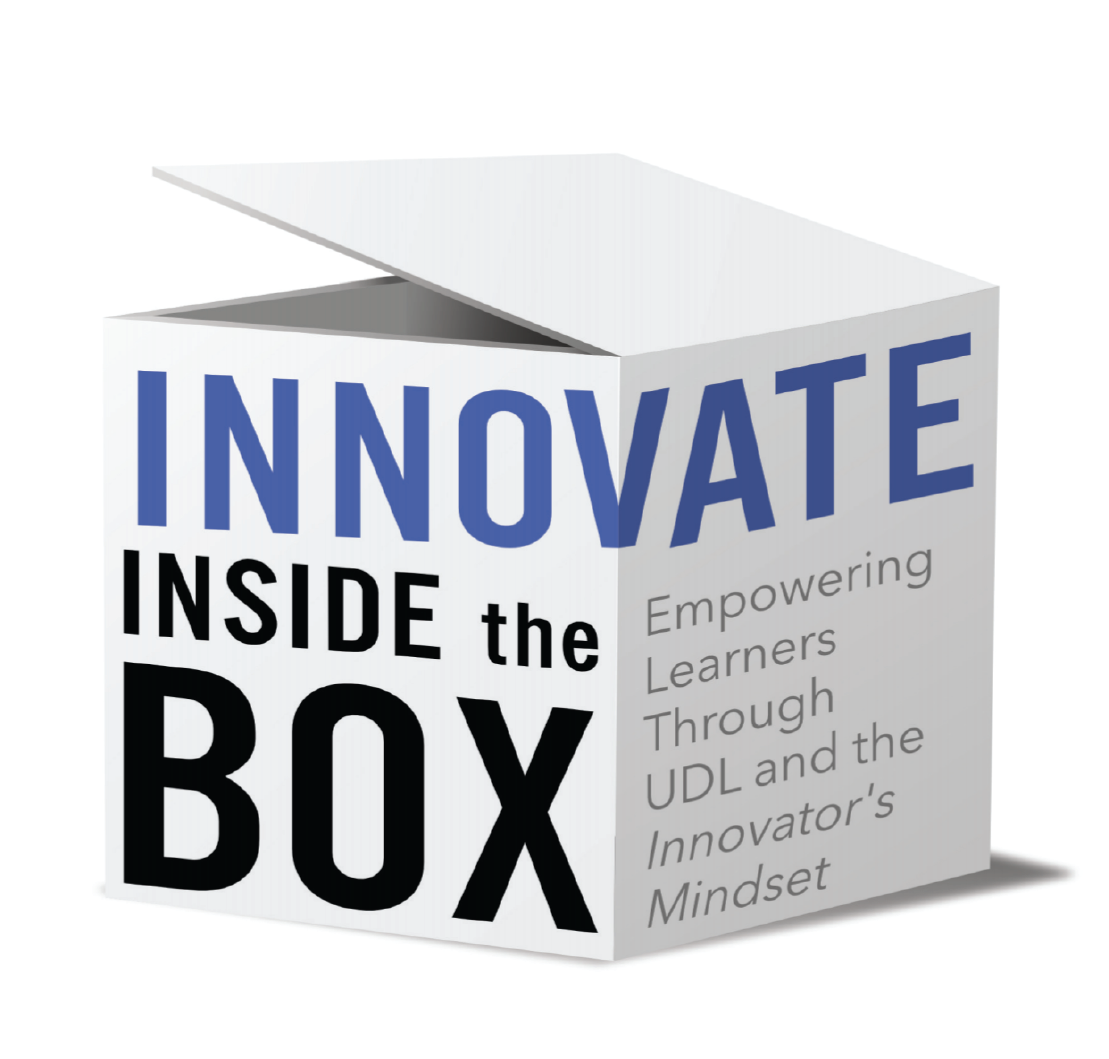There is a difference between being data-driven and evidence-informed. When we think of data, we think of numbers and tables of information; when we think of evidence, we include those numbers and tables and also consider ideas and thinking that has been shared, interactions that we have had, and overall growth that has been achieved. In this chapter, we provide innovative strategies that can be used to help our students see the larger purpose of learning.
Further Reading
- GPAs Are Worthless
- Stop Following Your Passions…The Celebration of Work
- What Questions are Learners Asking?
- Delaying the Grade: How to Get Students to Read Feedback
- Can Focusing on Strengths Really Make a Difference?
Further Viewing
Questions for Discussion
-
What might a wider definition of success be for your students or your community? How can you get your students involved in defining success for themselves in short- and long-term planning?
-
What evidence can be used to inform student goals and progress beyond scores? Share with others how you use this evidence to create better learning opportunities for your students.
-
How do you leverage the strengths of the learners you serve in your classroom, school, or organization?

